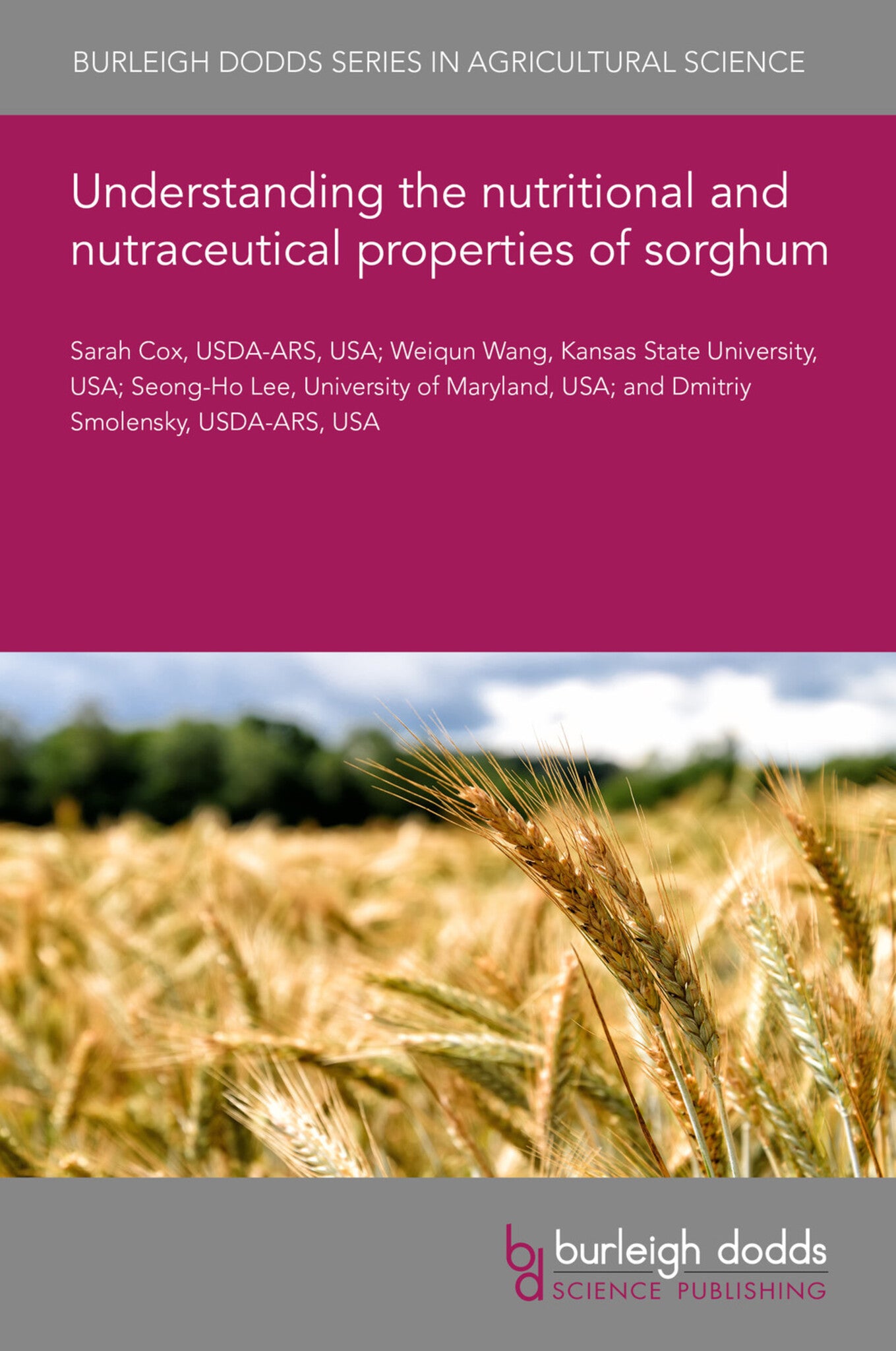We're sorry. An error has occurred
Please cancel or retry.
Understanding the nutritional and nutraceutical properties of sorghum

Some error occured while loading the Quick View. Please close the Quick View and try reloading the page.
Couldn't load pickup availability
- Format:
-
10 May 2021


TECHNOLOGY & ENGINEERING / Agriculture / Agronomy / Crop Science, Agronomy and crop production, TECHNOLOGY & ENGINEERING / Agriculture / Sustainable Agriculture, Sustainable agriculture, Agricultural science

1 Introduction 2 Variation in the nutritional value of sorghum grain 3 Polyphenols in sorghum 4 Nutraceutical properties of sorghum: anti-cancer and anti-inflammatory effects 5 Nutraceutical properties of sorghum: controlling obesity, antimicrobial effects and impact on gastrointestinal function 6 Anti-nutritional effects of sorghum polyphenols 7 Food processing effects on sorghum polyphenols 8 Sorghum as a healthy gluten-free food 9 Conclusion and future trends 10 References



